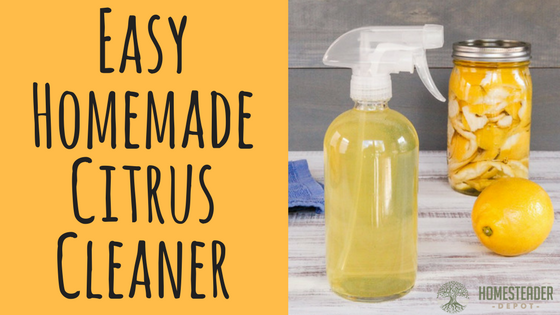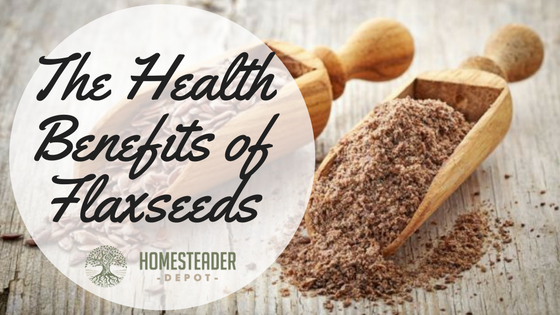Easy and Effective All-Natural Homemade Citrus Cleaner
There are so many reasons to make your own cleaning products at home. You can save money, avoid nasty, harmful chemicals, avoid keeping toxic products under the sink if you’ve got a small child, do less damage to the environment, the list goes on. However, one of the key features of pre-made, store-bought cleaning products … Read more








